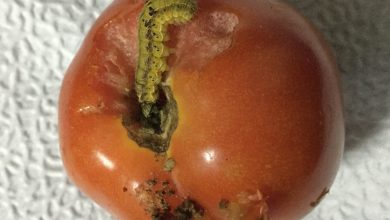Care of the Aeschynanthus or lipstick plant
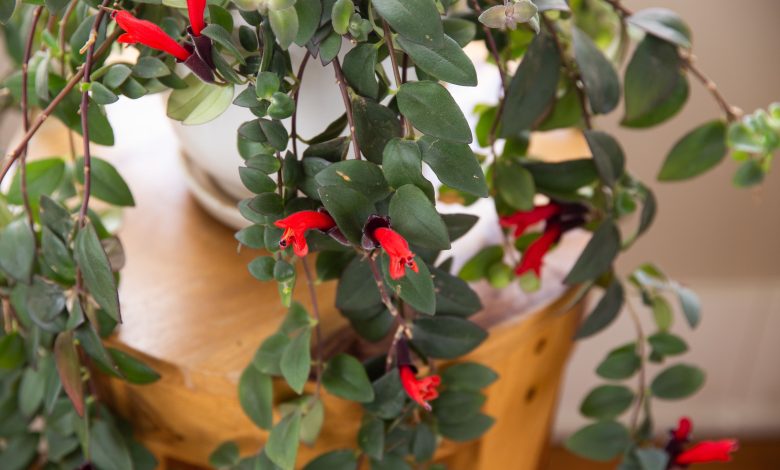
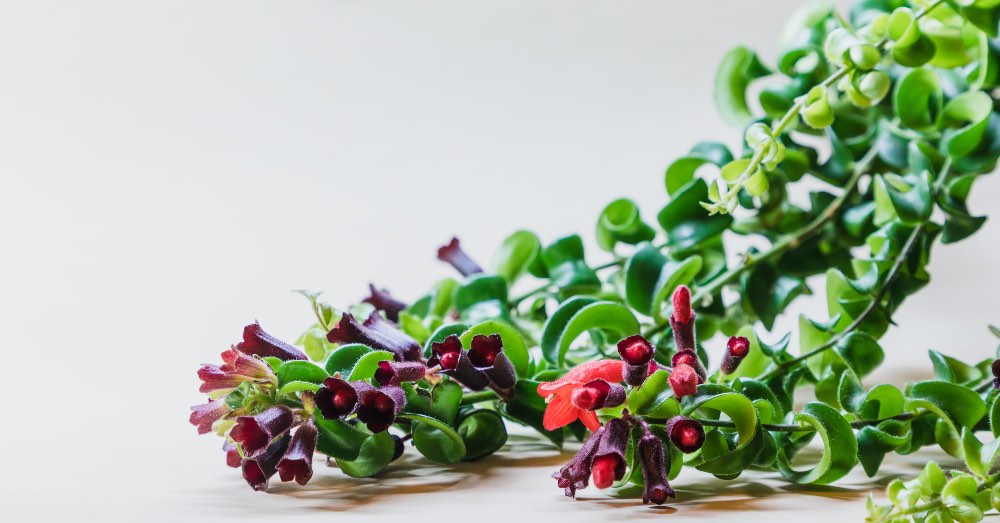
It is one of those plants as showy as they are grateful. Despite having an almost unpronounceable name, Aeschynanthus care is much simpler than its botanical name. What’s more: maybe you don’t recognize this beautiful plant like that, and you know how to identify it if we call it a Lipstick plant. Two ways of popularly calling it that respond to the uniqueness of its flowers. Each of them has a darker base from which the petals emerge. A natural distribution that is inevitably reminiscent of what a lipstick looks like.
Originally from different tropical areas of Southeast Asia, in our latitudes they are cultivated as part of the indoor plants. And yes: it is clear that its peculiar flowers, which are also long-lasting, are a good reason to have it in the natural decoration of our home. But it is not the only reason: aside from them, the Aeschynanthus is a perfect candidate for the list of indoor hanging plants that we can enjoy at home. An aspect, its bearing, that makes it a highly ornamental plant with or without flower.
So, let’s find out what the care of the Aeschynanthus is. Some that, although in general lines are not complicated at all, do imply being fulfilled to the letter.
7 KEY CARE FOR AESCHYNANTHUS FOR YOUR WELL-BEING
We usually choose the Aeschynanthus or, as it is also called to simplify its botanical nomenclature, Esquinanto due to the spectacular nature of its flowers. However, we cannot ignore the fact that its foliage is also extremely attractive. Its abundant stems present a dense and intensely green foliage; and, in the case of some varieties, the leaves are arranged in a corkscrew shape, closing slightly on the stems. If we add to this that its bearing is hanging, there is no doubt: the Aeschynanthus is a true natural spectacle.
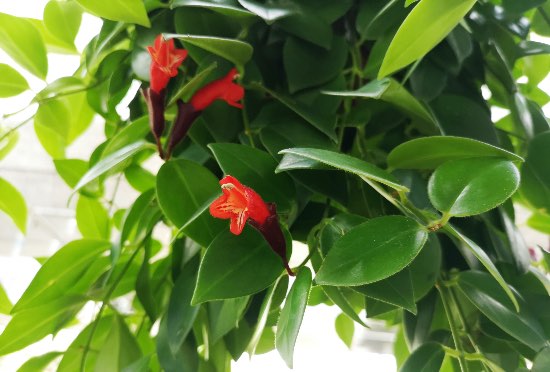
Whether for its flowers or its appearance, knowing in depth the care of the Aeschynanthus is synonymous with enjoying both.
1. Light, the most demanding aspect of your short list of needs
You read that right: demanding. What’s more: instead of asking yourself how to know if my plant lacks light, if you don’t have good lighting at home, it’s better not to include the Lipstick plant on your list. If you do not have the amount you need, your leafy stems will cease to be. It may even be the case that the new branches are born and grow completely depopulated. And no: of course, it will not bloom either.
Avoid it and ensure its good health, the Aeschynanthus demands to be in a very bright space but never directly exposed to the sun.
2. The soil and the location, fundamental for your correct health
Avoiding having to know the signs of diseases in plants happens by preventing them. And, in the case of Aeschynanthus, both the planting soil and where we place our plant collaborate a lot! On it.
Let’s start with the location. Due to its tropical origins, it is a chilly plant, so we will have to avoid exposing it to drafts and keep it indoors.
But, even more important than where we have it, is how we plant it. Due to its characteristics, the Lipstick plant is not a friend of waterlogging. A compelling reason to create a floor that, in addition to having good drainage, favors the elimination of excess water. Achieving it involves using a mixture of substrate for green plants and perlite: a mineral substrate that becomes essential when we ask ourselves which soil is best for plants.
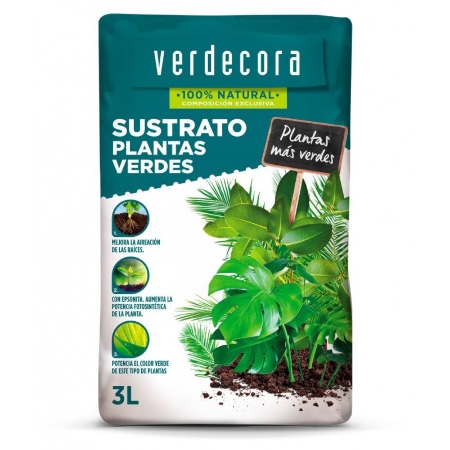
And one more piece of advice: of all the types of pots, clay pots will be our best ally.
3. Temperature, another of the most important care for Aeschynanthus
Aeschynanthus not only does not tolerate cold: it does not get along very well with excessive heat either, understood as temperatures above 30 degrees. Taking care of its well-being means having it in a temperature range between 15 and 25 degrees.
And if the temperature rises above those 30 degrees that we mentioned? Simple: we will have to increase the ambient humidity. A factor that, although it becomes essential with increases in temperature, is also key to your well-being in the winter months. Those in which the heating dries out the environment, and our plant suffers.
4. Irrigation, one of the most delicate care for Aeschynanthus
An aspect that we have to watch closely. Too much watering is, many times, responsible for its death since too much water leads to rotting of the roots. But, as it happens with the temperature, the excess is as bad as the defect. If our plant is thirsty, it will let us know by wrinkling its leaves.
Due to the importance of hydration in the care of Aeschynanthus, the ideal is to water it once a week by immersing it in water that is at room temperature and, preferably, without lime. And when to water again? When we observe that the substrate is dry, guiding us by the lower layers and not by the surface.
5. The subscriber, a task that will help its growth and flowering
In order to maintain its generous foliage, but also to enjoy its striking flowers, it is essential to regularly fertilize our Lipstick plant.
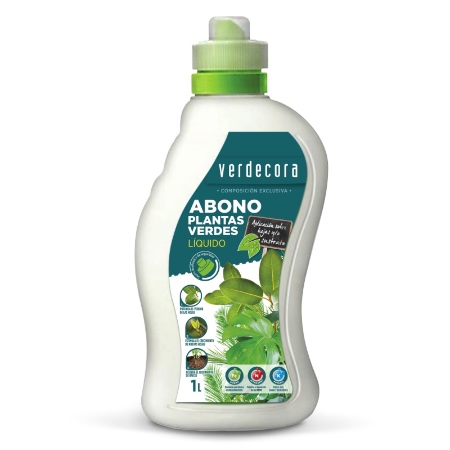
Thus, from March to November it is convenient to apply a monthly dose of liquid fertilizer for green plants diluted in the irrigation water. A way to nourish our plant but also to prepare it for the cold months.
6. Pruning, care that we can forget about
One less thing to do on the Aeschynanthus care list! Part of its natural charm is its messy leaves. The only thing that we will have to prune, at a given moment, are the withered flowers to promote the creation of new ones.
7. Pests and fungi, the last aspect to control
Protecting plants from pests basically involves strictly complying with their needs. Only correctly cultivated plants, without excesses or lack of irrigation and well fertilized, are capable of presenting a natural resistance to pests. For this reason, knowing the care of the Aeschynanthus by heart will prevent us from having to face two real enemies that can compromise its well-being: the cottony mealybug and the red spider.
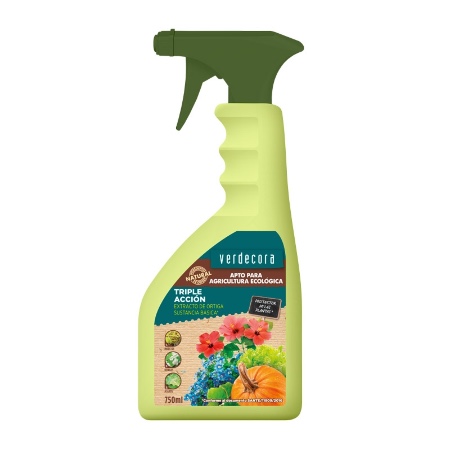
But the thing is not only about insects. Actually, their biggest threat is fungi. Something that we must know and remember when we water it if we want to avoid having to investigate what Botrytis is and how to combat it.
As you can see, the care of the Aeschynanthus makes it very easy to enjoy it. A good reason to, if you don’t have it yet, start enjoying it.

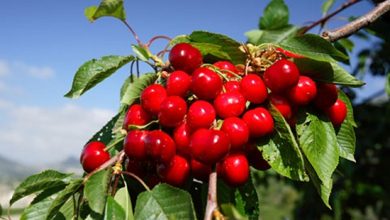
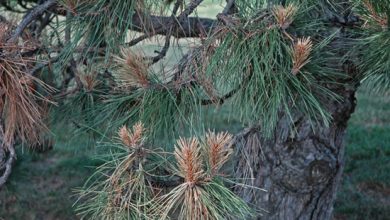
![Photo of Irrigation of Bromeliads: [Needs, Frequency and Procedure]](https://www.complete-gardening.com/wp-content/uploads/2021/06/Bromelias_1620948611-390x220.jpg)
